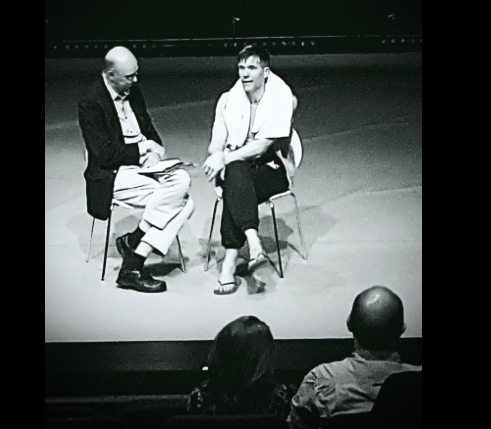photo Michael Kelly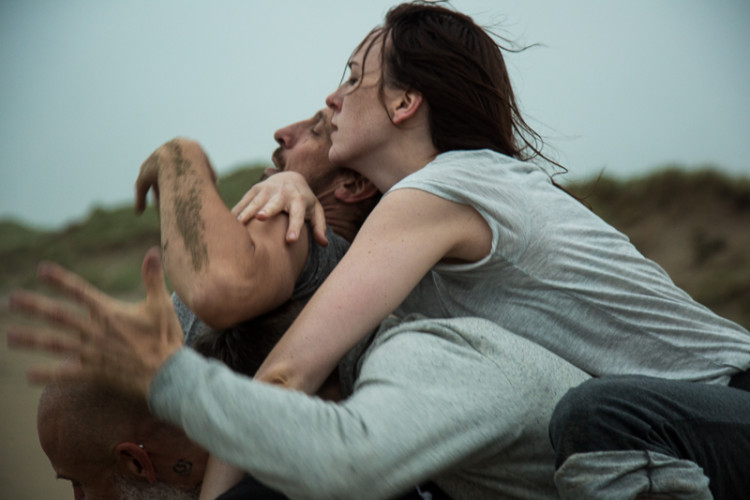
The Casement Project has crossed a lot of borders, so it’s no surprise that it continues beyond 2016 with the broadcast of I’m Roger Casement, a dance film directed by Dearbhla Walsh and produced for The Casement Project by COCO Television. The film will be shown on RTÉ One on 17 January at 23:10. It will also be available on RTÉ Player after that.
This broadcast was always an important element of the whole project, not only because it would be a chance to work with Dearbhla again, after the success of working with her on Match and Mo Mhórchoir Féin, but also because it was a way to reach people in their homes who might never set foot in a theatre to see contemporary dance. Because I believe in what dance has to offer to a wider public, it’s important for me to find ways to reach an audience beyond our important but smaller familiar dance constituency. Broadcast provides that opportunity. The film also gives The Casement Project a way of continuing to reach people through online streaming and other screenings.
I met someone this week involved with the GAA recently who told me that he showed Match to young players each year. He didn’t say what they thought about it, but I’m delighted that the film exists as a resource to stimulate whatever reactions it does. I hope I’m Roger Casement has as long a life. I’m excited for people to see the result of the beautiful work that many people put in to making it.
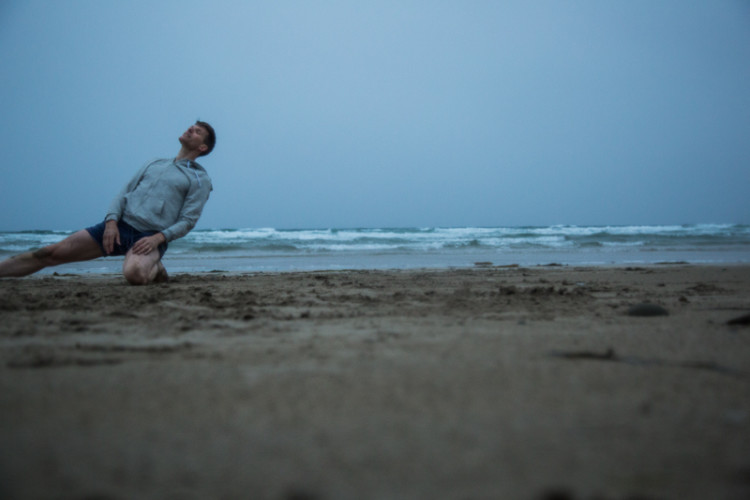
photo Michael Kelly
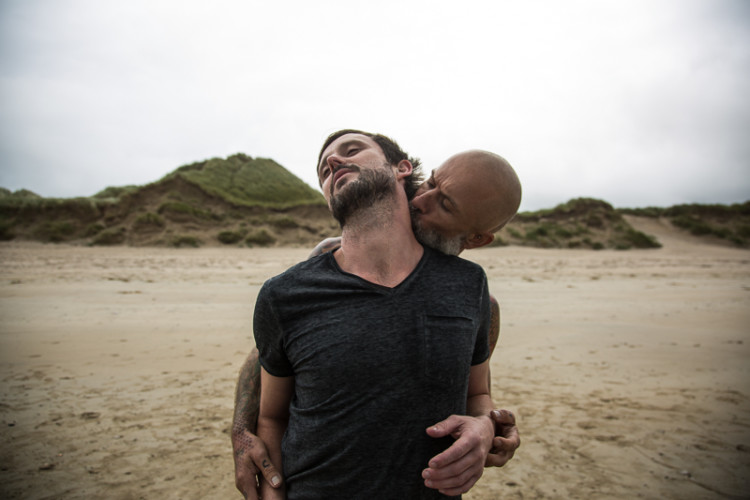
photo Michael Kelly
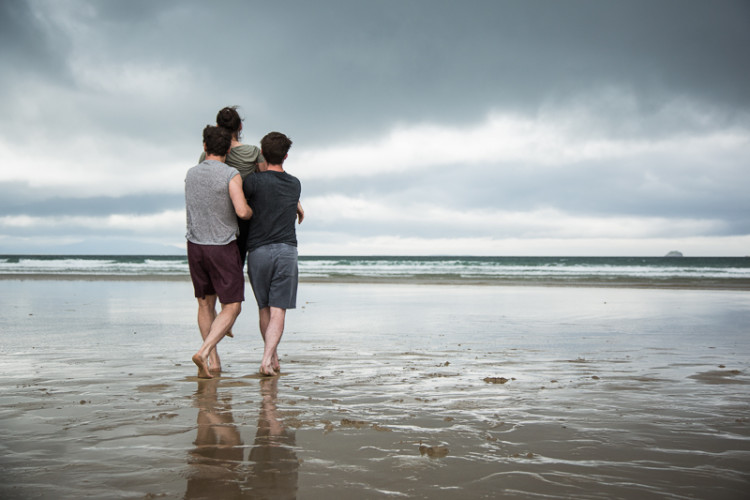
photo Michael Kelly


